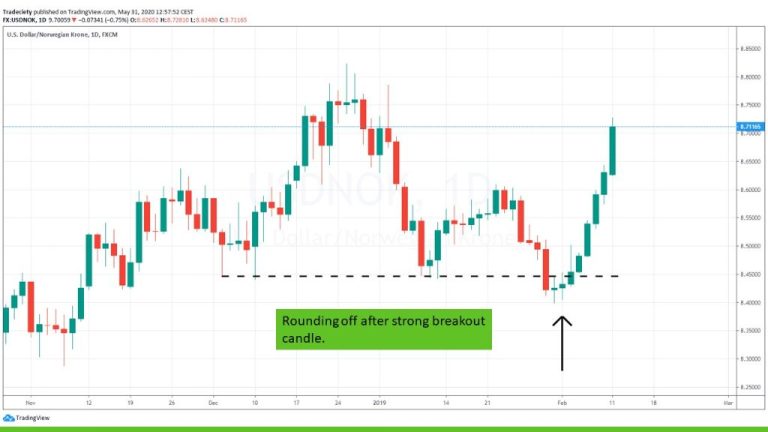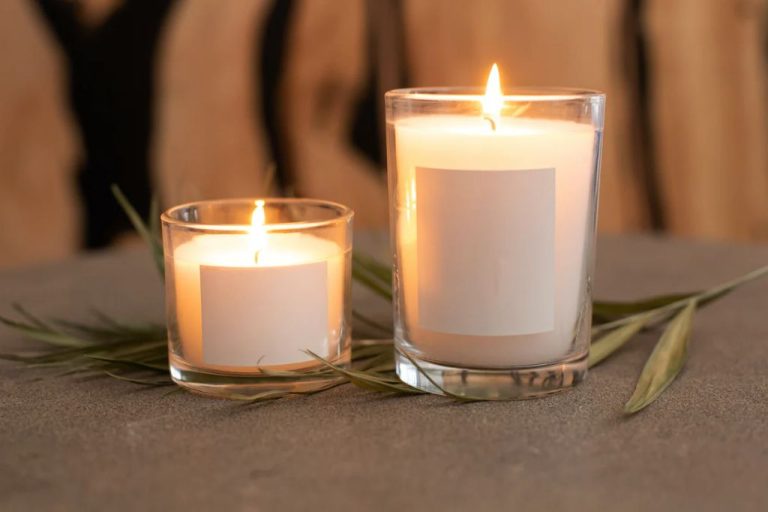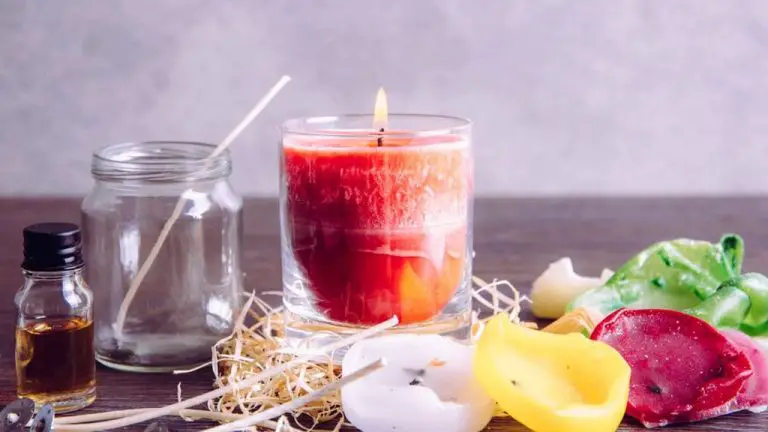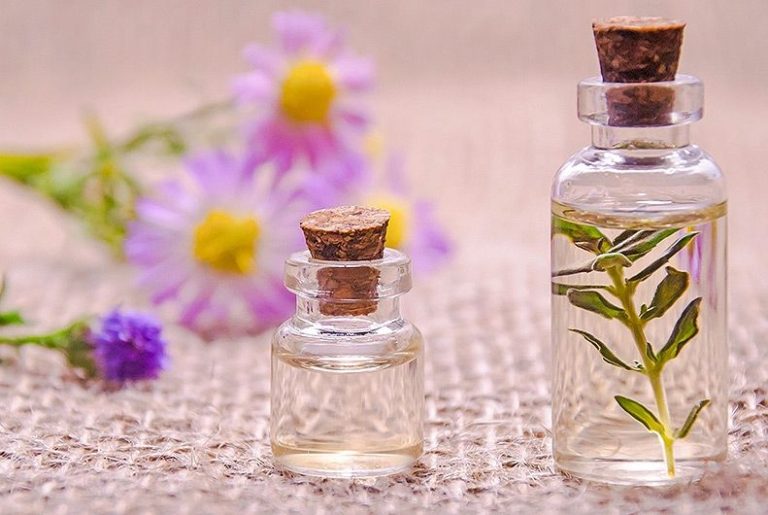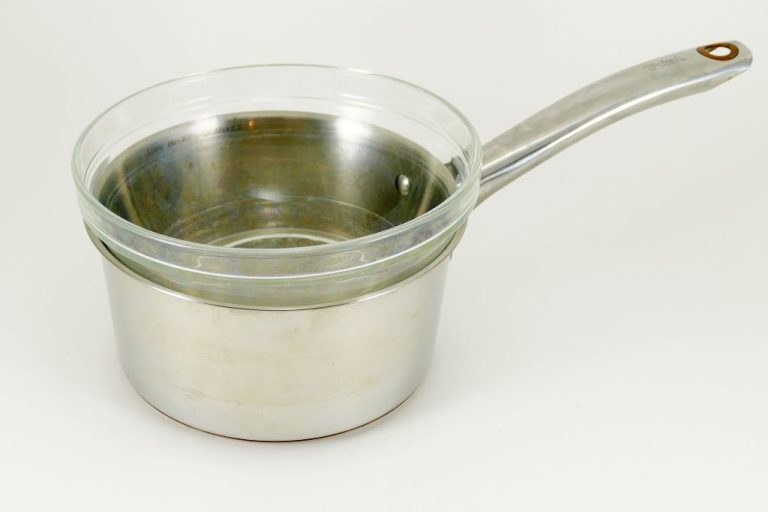Can A Heat Gun Melt Wax?
What is a Heat Gun?
A heat gun is a handheld device that produces a stream of hot air, usually between 100°C and 550°C (212°F and 1022°F) [1]. The hot air is generated by an electric heating coil and a fan which blows it out of the nozzle. Heat guns are similar to hair dryers but reach much higher temperatures.
Heat guns have many uses, but are commonly used for:
- Stripping paint – The hot air softens and lifts paint from surfaces.
- Shrinking heat shrink tubing – Heat causes the tubing to shrink tightly over wires and cables.
- Bending plastics – The hot air softens plastics so they can be shaped.
- Drying – Heat guns speed up drying of glues, epoxy resins, and more.
Temperatures can often be adjusted with settings ranging from low (200-300°F) for safe heat-shrinking, to high (1000°F+) for stripping paints and finishes. Heat guns allow controlled, focused heating for many DIY, crafting, automotive, and industrial applications.
Types of Wax
There are several different types of wax commonly used for various purposes, including:
Beeswax – Made by bees, beeswax is a natural wax produced in honeycombs. It has a high melting point of 144–147°F and is commonly used in candles, lip balms, furniture polish, and art supplies (Source: https://en.wikipedia.org/wiki/Wax).
Paraffin wax – A byproduct of petroleum refining, paraffin wax is a commonly used wax with a melting point of 115–147°F. It is odorless and colorless. Paraffin wax is used for candles, sealing jars, beauty products, and more (Source: https://en.wikipedia.org/wiki/Wax).
Soy wax – Made from hydrogenated soybean oil, soy wax is a renewable and clean burning wax alternative. It has a low melting point of 115–135°F and is commonly used for container candles (Source: https://en.wikipedia.org/wiki/Wax).
Gel wax – A mineral oil based wax with high viscosity. It has a mid-range melting point of 140–170°F and is used for molded candles and wax melts (Source: https://www.byrdie.com/hair-removal-wax-types-5075828).
Microcrystalline wax – A petroleum-based wax made of long-chain hydrocarbons. It has a higher melting point of 140–200°F and is often used in cosmetics, polishes, and crayons (Source: https://en.wikipedia.org/wiki/Wax).
Melting Points of Different Waxes
The melting point of a wax refers to the temperature range at which it transforms from a solid to a liquid state. This property is key in determining the suitability of waxes for various applications like candle making. The melting points of some common waxes are:
- Beeswax: 144-147°F (62-64°C) – According to the Encyclopedia of Waxes, beeswax has a melt point around 146°F and makes high quality candles. source
- Paraffin Wax: 115-160°F (46-71°C) – Paraffin wax melts between 120-160°F as per Blended Waxes. This wide range allows flexibility in applications. source
- Soy Wax: 115-135°F (46-57°C)
- Gel Wax: 140-160°F (60-71°C)
The melting point can vary within a wax type due to factors like oil content, additives, age of the wax, and more. Generally, waxes with a higher melting point like beeswax and gel wax are preferred for candles as they minimise issues like dripping.
Can a Heat Gun Melt Wax?
Whether a heat gun can melt wax depends on the melting point of the specific type of wax being used. Different waxes have different melting points:
- Beeswax melts between 144-150°F (62-66°C) (Source)
- Paraffin wax melts between 115-150°F (46-66°C)
- Soy wax melts between 115-135°F (46-57°C)
- Gel wax melts between 140-160°F (60-71°C)
The typical maximum temperature for a heat gun falls right in the middle of these ranges, between 1,100-1,500°F. This high heat allows heat guns to melt all common types of wax, including beeswax, paraffin, soy, and gel (Source). Heat guns can concentrate a large amount of heat on a small area, helping melt wax quickly.
However, heat guns get extremely hot. Operators need to be careful not to scorch or burn the wax when using a heat gun for melting. Lower heat settings around 500°F are safer when working with wax. Proper precaution should be taken, like wearing protective gloves and eye wear. With care, heat guns can successfully and efficiently melt wax for a variety of applications.
Using a Heat Gun to Melt Wax
When using a heat gun to melt wax, the proper technique and safety tips are important. According to Armatage Candle Company (https://armatagecandlecompany.com/blog/getting-started-with-a-heat-gun/), you’ll want to hold the heat gun several inches above the wax and keep it moving constantly. Don’t focus the heat in one spot or you may scorch the wax. Work in a well-ventilated area, wear protective gear like gloves and goggles, and avoid touching hot melted wax.
For most heat guns, a medium or low setting around 500-750°F is ideal for melting wax without overheating it. You’ll want to monitor the wax closely and remove the heat as soon as it fully melts. Never leave a heat gun unattended when melting wax. Adjust the settings as needed based on how quickly the wax melts at different temperatures. Proper technique helps prevent burning or discoloring the wax in the process.
Heat Gun Alternatives for Melting Wax
While heat guns are very effective for melting wax, there are some other common tools that can get the job done as well. Here are a few alternatives and the pros and cons of each:
Stovetop
You can use a pot or double boiler on your stovetop to melt wax. This allows you to melt large amounts of wax at once. However, it can be messy and you have to watch it closely to prevent burning.
Microwave
Microwaves can melt wax quickly without needing constant supervision. However, they can overheat wax easily so you have to microwave it in short intervals. The shape of the container also impacts heating.
Crock Pot
A crock pot or slow cooker provides even, indirect heat ideal for melting wax. You can safely melt large amounts this way. But it takes much longer than other methods. Leaving wax unattended can still be risky.
Oven
Using the oven to melt wax allows precise temperature control. But you have to monitor it closely to prevent overheating. The wax fumes can also be unpleasant in an oven. Containers may warp from the high heat.
Overall, each heat gun alternative has trade-offs to consider. Proper precautions are still needed to melt wax safely with any tool.
Best Practices for Melting Wax
When melting wax, it’s important to follow some key tips and best practices to ensure the wax melts efficiently and safely without overheating.
Use a double boiler or makeshift double boiler to gently heat the wax. This involves placing a heatproof container with the wax inside a saucepan or pot with a small amount of water. The steam from the simmering water will slowly and evenly melt the wax. Avoid direct contact between the wax and heat source to prevent burning (source: https://www.harlemcandlecompany.com/blogs/journal/all-the-ways-to-melt-candle-wax).
If using a microwave, heat the wax in short bursts of 30 seconds, stirring in between. This allows you to closely monitor the wax to prevent overheating. Use lower power settings where possible (source: https://suppliesforcandles.co.uk/candle-college/best-ways-to-melt-candle-wax).
Melt larger volumes of wax slowly, gradually increasing heat. Add wax to the melting container in batches rather than all at once. Stir periodically as the wax melts.
Always monitor melting wax closely. Remove from heat as soon as the last piece is melted to prevent burning. Allow melted wax to cool slightly before pouring or handling.
Melt wax in a well-ventilated area. Open windows or turn on fans/vents to allow wax vapors to dissipate.
Use proper equipment like a thermometer to monitor wax temperature. Never let wax exceed the flashpoint temperature.
Take safety precautions like wearing gloves and eye protection when handling hot wax.
Allow all wax remnants to fully harden before discarding to prevent clogs or spills.
Wax Melting Safety
When melting wax, it’s important to keep safety top of mind. The high temperatures required to melt wax can pose some risks if proper precautions aren’t taken.
One potential hazard to be aware of is hot wax vapors and steam. According to Snug Scents, inhaling the vapors and steam from melting wax “can cause coughing, wheezing, shortness of breath, and irritation or burning sensations in the nose, eyes, mouth, throat, and lungs.”1 To avoid this, they recommend melting wax in a well-ventilated area and avoiding leaning over the wax melter as it heats up.
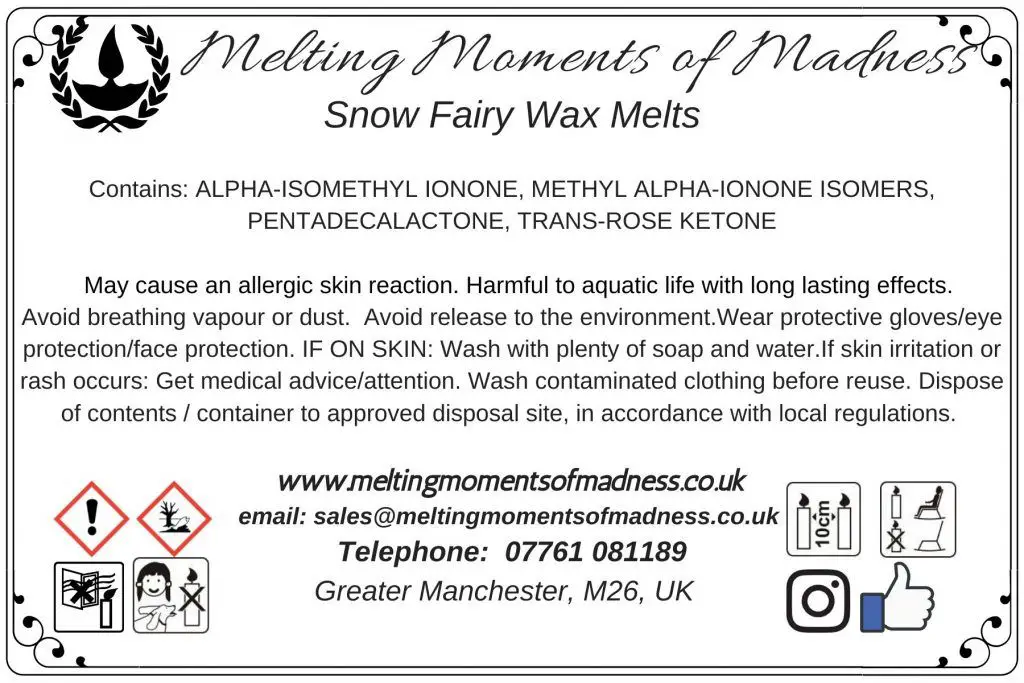
It’s also important to prevent burns when working with melted wax. The wax itself can reach temperatures over 180°F, which can cause severe burns if spilled on skin.2 Electric wax warmers also get extremely hot. Air Pure recommends keeping wax melters out of reach of children and pets and allowing them to fully cool before handling to prevent accidental burns.3
By keeping wax melting areas ventilated, using proper equipment, allowing wax to cool before handling, and keeping children and pets away, the risks of working with melted wax can be minimized.
Uses for Melted Wax
There are many creative ways to reuse leftover melted wax rather than just throwing it away. Some of the most popular uses are:
Candles
Leftover wax can be repurposed into new candles. You can pour melted wax into containers or molds to create votive candles, tealights, tapers, jar candles, and more. Tealights are one of the easiest candles to make with leftover wax. Simply pour a small amount of wax into the metal tealight holders and add a new wick once cooled (Harlem Candle Company).
Wax Seals
Melted wax can be used to make decorative wax seals for letters and invitations. Simply pour some melted wax onto the envelope flap or folded invitation before pressing your custom wax seal stamp into the wax while it’s still warm. The stamped design will leave an elegant impression once the wax hardens (96 North).
Polishes and Protectants
Beeswax and soy wax can be used to polish and protect wood finishes. Mix some melted wax with a natural oil like olive or jojoba oil to create a conditioning polish or protectant for wooden furniture and cutting boards. The wax fills in pores and creates a protective layer while the oil nourishes the wood.
Conclusion
In summary, most types of wax can be melted using a heat gun, as long as proper precautions are taken. The melting point of waxes ranges from around 120°F to over 185°F. While a heat gun can generate temperatures exceeding 1,000°F, it’s important to hold the heat gun at least 6 inches away and constantly move it around to prevent scorching or igniting the wax. Using a double boiler or candle warmer are safer alternatives for larger amounts of wax. Regardless of the method, melting wax requires care to avoid burns and fire hazards. When handled properly, a heat gun can be an effective tool to melt wax for projects and crafts.
The key points are that heat guns can generate enough heat to melt common waxes like paraffin, soy, and beeswax. However, certain safety precautions need to be followed, like maintaining some distance and continuously moving the heat gun to prevent scorching. With reasonable care, a heat gun presents a solid option for efficiently melting wax for a variety of applications.

